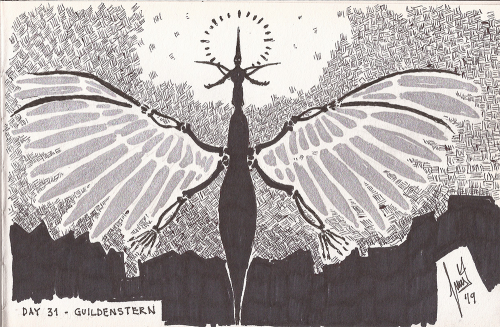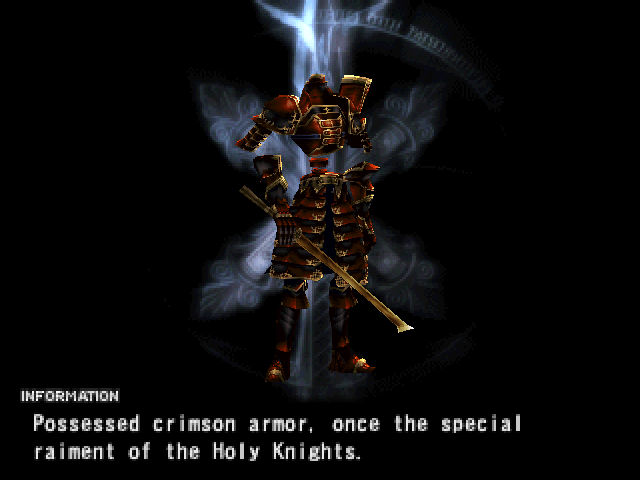

He's an undead sorcerer, but he's pretty much the Only Sane Man for Team Evil.
#Vagrant story lich series#
Their souls are not stored in Soul Jars but rather have partially separated from their bodies, an excruciatingly painful process that drives most lazar completely Ax Crazy, and the bonds between soul and body can only be severed by an immensely powerful spell that only three mages (in a series chock-full of magic users) were ever able to cast.

The word "lich" is an old word for "corpse" (in modern and slightly-archaic English, graveyards are still occasionally called "lichyards" and "lichfields") and was used in reference to (sometimes undead) corpses by Clark Ashton Smith in the 1930s. Basically, the only thing that distinguishes him from a lich is that he is very good at using his BFS. He was also an Evil Overlord, a powerful sorceror and a great fighter.

To kill him without him coming Back from the Dead, one must destroy the needle. He was a gaunt, skeletal villain whose "death" was hidden in a needle inside an egg. Something resembling the concept goes at least back to Koschei the Deathless from Russian Mythology and Tales. Because of their skill at magic, liches tend to be the most powerful and dangerous type of undead in settings where they exist. In other fiction, the Soul Jar is optional.Ī lich's physical appearance can range from near-normal, to zombie/corpse-like, to completely skeletal, which usually depends on the lich's age. Typically his soul is stored elsewhere in a Soul Jar, at times called a phylactery, which must be destroyed before he can be fully defeated. Even a dead guy can make it in the world if he's got himself a college education!Ī lich is an undead sorcerer, often one who seeks Immortality or power above anything else, and became undead as the price he had to pay.


 0 kommentar(er)
0 kommentar(er)
